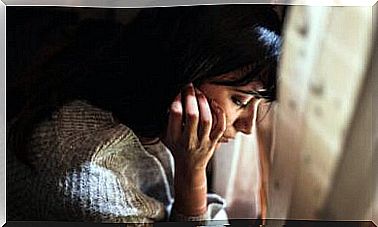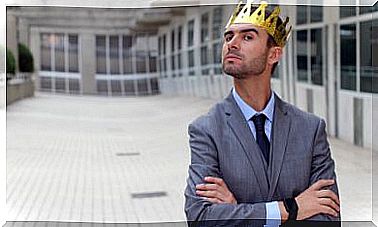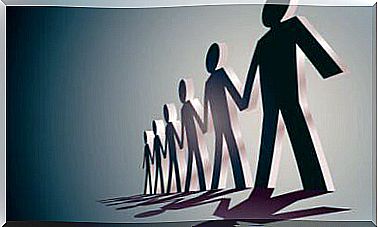Acquired Brain Damage: From The Point Of View Of Neuropsychology
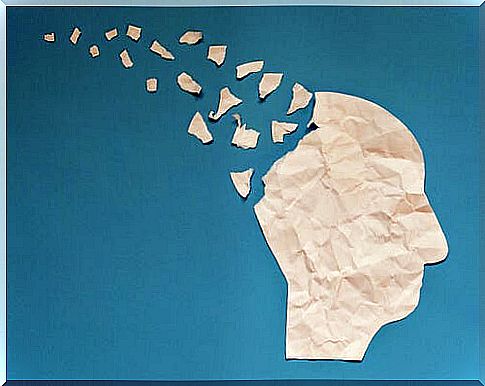
The concept acquired brain damage (ACD) refers to a lesion of the brain, which until then had had a normal development. The causes can be very different, from a head injury as a result of a traffic accident to a brain tumor, passing through many others (anoxia, stroke, etc.).
The main consequence of acquired brain damage is the loss of previously developed brain functions. These functions involve the motor and sensory systems, cognitive functioning, communication skills, and the ability to regulate behavior and emotions. Thus, a frequent characteristic of patients affected by ACD is the loss of functional independence, leading to a situation of disability, with the consequent overload of their immediate environment.
What role does neuropsychology play in acquired brain damage?
Neuropsychological rehabilitation uses three basic tools or strategies in patients affected by ACD:
- Restitution or restoration : through stimulation or exercise of the affected function, either due to total loss or deficit.
- Compensation : through the support or use of other preserved cognitive functions for the execution of the task that was mainly carried out with the altered function.
- Substitution : refers to the use of external aids or mechanisms for the effective development of the task.
These three classic strategies are used with the main objective of getting the subject to resume their daily activities in the most productive and satisfactory way possible.

What are the cognitive functions that can be affected after acquired brain damage?
Higher brain functions, such as reasoning, memory or attention are essential to have a full and independent life. Throughout the day we use our cognitive functions continuously. Our brain uses different cognitive abilities to prepare food, drive or have meetings, activating different parts of the hemispheres to a greater or lesser extent. The basic cognitive functions are as follows:
- Orientation : ability that allows us to be aware of ourselves and the context in which we find ourselves at a given moment. Therefore, orientation is assessed using three parameters: personal, spatial and temporal.
- Attention : state of observation and alertness that allows us to become aware of what is happening in our environment. Within this function we must talk about five different processes: selective attention, sustained attention, alternating attention, processing speed and hemineglect.
- Executive functions : are complex mental activities necessary to plan, organize, guide, review and evaluate the behavior necessary to adapt effectively to the environment and to achieve goals. Within the executive functions we find: working memory, planning, flexibility, etc.
- Language : within language there are different processes that can be affected by acquired brain damage such as vocabulary, expression, comprehension, etc.
- Memory : ability to effectively encode, store and retrieve information learned or a lived event. We can distinguish between episodic memory, semantic memory, or procedural memory.
Behavior modification and psychotherapy are also important in acquired brain damage
In the process of neuropsychological rehabilitation, there are techniques typical of clinical psychology that are widely used. Specifically, three large groups of procedures can be considered :
- Behavior Therapy or Behavior Modification : This includes classical conditioning, operant conditioning, and vicarious learning. All of them have in common the analysis and manipulation between stimuli and responses. The goal is to increase desirable behaviors and eliminate unwanted ones. They are applied mainly for intervention in behavioral disorders: aggressiveness, irritability, disinhibition and other undesirable behaviors.
- Cognitive-behavioral therapy : the fundamental idea is that behavior and emotions are determined by how the individual perceives and interprets different experiences. Therefore, cognitive restructuring tries to modify these cognitions, so that it results in a change in behavior and emotions of the subject.
- Psychotherapy : includes interpersonal interventions focused on the psychological aspects that are reactive to brain injury, emotional and personality alterations or alterations in self-awareness.
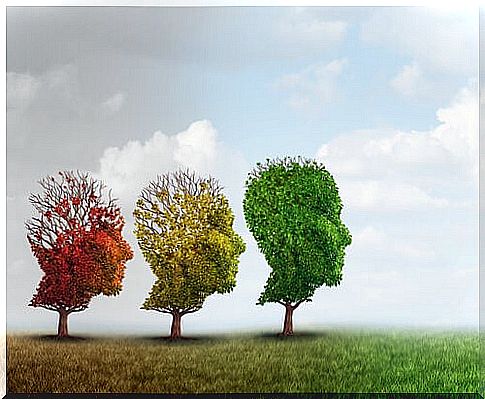
Each of the three previous procedures has been shown to be effective in different patients affected by acquired brain damage over time. In the same way, in recent years there have also been attempts to implement new technologies in this field, demonstrating their usefulness and their great wealth of application.
For all the above, neuropsychological rehabilitation is considered a useful tool for improving basic cognitive functions in patients affected by acquired brain damage.
